We left Porto Jofre on September 3 and proceeded back north on the Pantaneira toward Pousada Piuval, where we would spend the night before returning to Cuiaba for our flights back home on the 4th. Pousada Piuval is the most northerly lodge on the Pantaneira, located about 10 kilometers along the road and about 6 or 7 more by private road. It is built on a 17,000 acre cattle ranch, and guests are given access by vehicle to the ranch for birding and viewing the many mammals to be found there.
The Pantaneira was as dusty and the bridges as worn out as when we drove south a few days before. But the birds were as plentiful, and on the return trip we stopped along the way in search of more of the passerines than we had taken time for on the way down, because of the plenitude of the water birds that had been new to us on the way down.

We arrived at Piuval in time for an afternoon drive at the Ranch. Among the birds seen this day, either along the road or at the Ranch, were these:
Sunbitterns
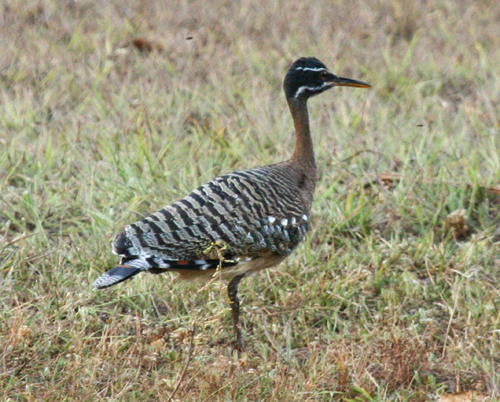
Long-tailed Ground Dove
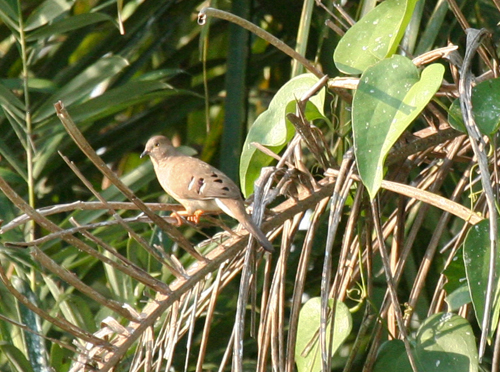
Ferruginous Pygmy Owl
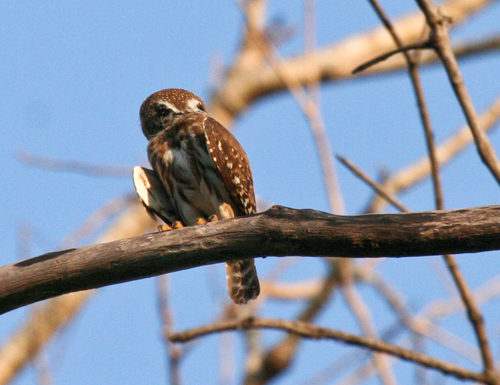
Blue-crowned Trogon

Peach-fronted Parakeets
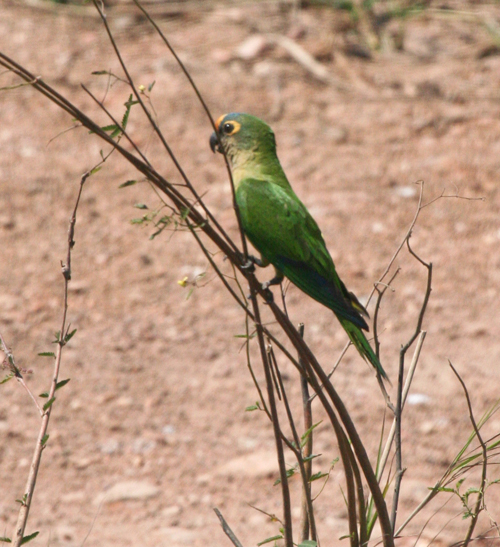
Large-billed Antwren
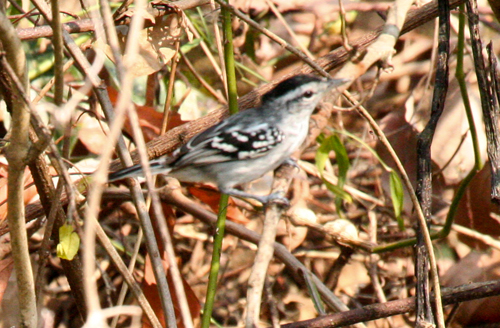
White-bellied Seedeater
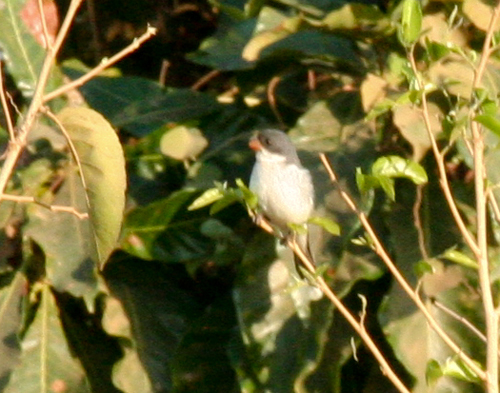
Rusty-collared Seedeater

Saffron-billed Sparrow
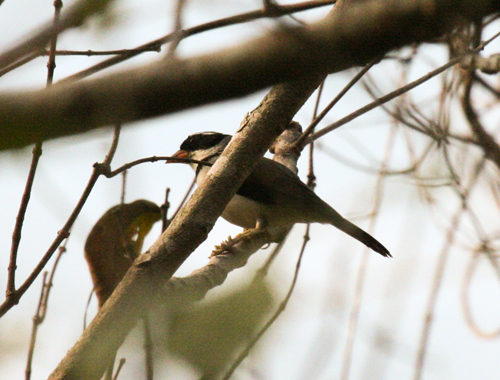
Amazonian Motmot
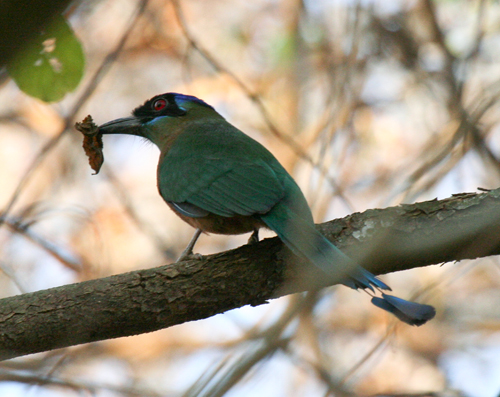
At the ranch, a Brown Capuchin Monkey wandered across the open pasture, standing on its hind legs to look about for danger from time to time.
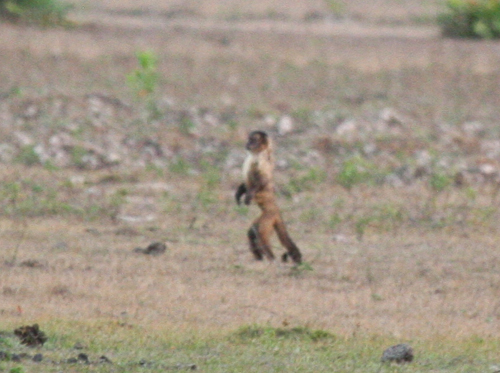
A South American Coati also made its way around a pond.
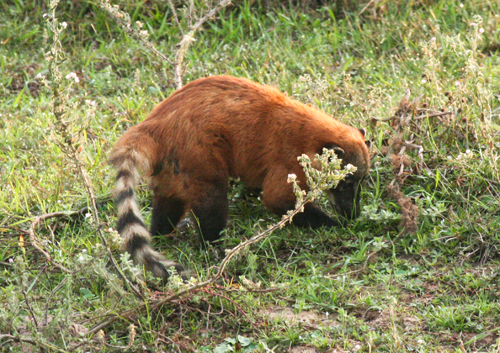
Field Guides is a good tour company. The trip was well conceived and very well executed. The two guides, Marcello and Pepe, were exceptional in all respects. The part of Brazil that we saw, Brasilia and Mato Grosso in the west central part of Brazil, was diverse and fascinating. The bird life and animal life is abundant. The vegetation is sparser and more conducive to finding wildlife than the denser jungle areas of the Amazon to the north. The roads were not good, but that is the price one expects to pay to better experience the natural environment. Pests, such as mosquitoes, were few and far between, and malaria is not a concern in Mato Grosso.
I saw a total of 330 species of birds in Brazil, of which 160 were new life birds for me, putting my total species observed and identified world-wide to 2825. Now, I suppose I will find the challenge of reaching 3,000 irresistable. Chile is appealing.
